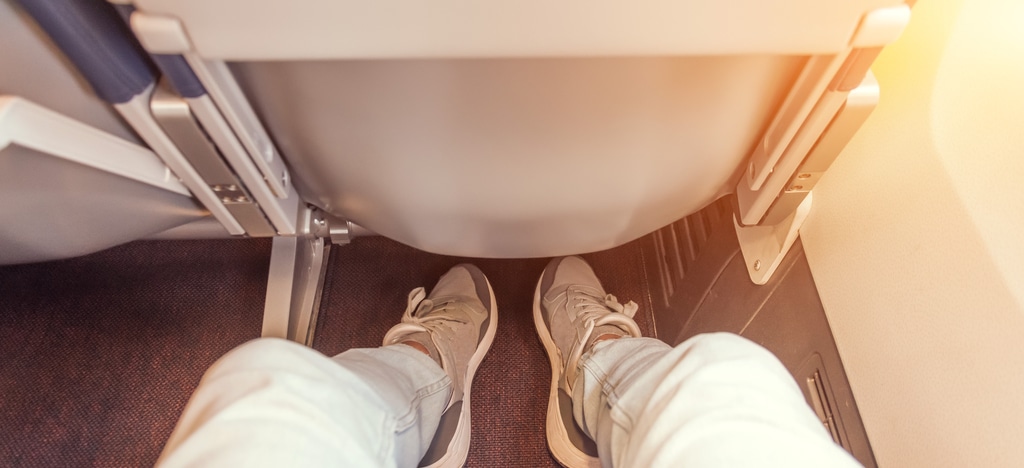The Christmas holidays are approaching and many of us will be heading away for vacations. Taking long-haul flights to and from Singapore is common. Here is a timely reminder of the potential risk of deep vein thrombosis on long flights and some practical steps to prevent it.
Deep vein thrombosis (DVT) occurs when a blot clot (thrombus) forms in the deep veins of your body, usually in the leg or thigh. If the blood clot blocks the vein significantly, the return of venous blood to the heart is affected. The real danger of DVT is if the clot dislodges into the bloodstream and blocks one of the blood vessels in the lung, a serious condition called pulmonary embolism (PE).
What are the signs of DVT?
DVT can occur without noticeable symptoms (some 50% of DVTs have no symptoms). Common symptoms include:
- Swelling in the affected leg
- Pain in your leg
- Warmth in the area that hurts
- Redness or discolouration of skin
What causes DVT?
Anything that prevents your blood from circulating or clotting normally may cause DVT. Certain risk factors can make a DVT more likely such as:
- Being inactive for long periods – such as long flights or car rides and bed rest after surgery
- Any inherited disorder that makes the blood clot more easily
- Pregnancy
- Being on birth control pills (oral contraceptives) or hormone replacement therapy
- Certain types of cancer, bowel disease or heart failure
- If you or someone in your family has had a DVT or PE before
- Being overweight or obese
- Smoking
- Being over age 60
If you are in the high-risk group or worried that you might have DVT, you should consult a doctor and if indicated start treatment as early as possible. The aim of DVT treatment is to stop the blood clot from getting any bigger, to prevent the clot from breaking loose and causing a pulmonary embolism, and to reduce your chances of deep vein thrombosis happening again. Treatment usually includes anticoagulant medicines (“blood-thinning” medicine) or thrombolytics for severe cases of DVT. Filters (sometimes referred to as “umbrellas”) may be inserted into a large vein to prevent clots that break loose from lodging in your lungs.
How to reduce your risk on long-haul flights
- Drink plenty of water but avoid alcohol or drinking too much coffee
- Wear comfortable clothing that won’t restrict movement
- Basic exercises – move around every few hours for at least 5 minutes
- Do not take sleeping tablets, which cause immobility
- Consider wearing compression stockings – the pressure helps reduce the chances that your blood will pool and clot
- People at high risk may consider anticoagulant medication




































